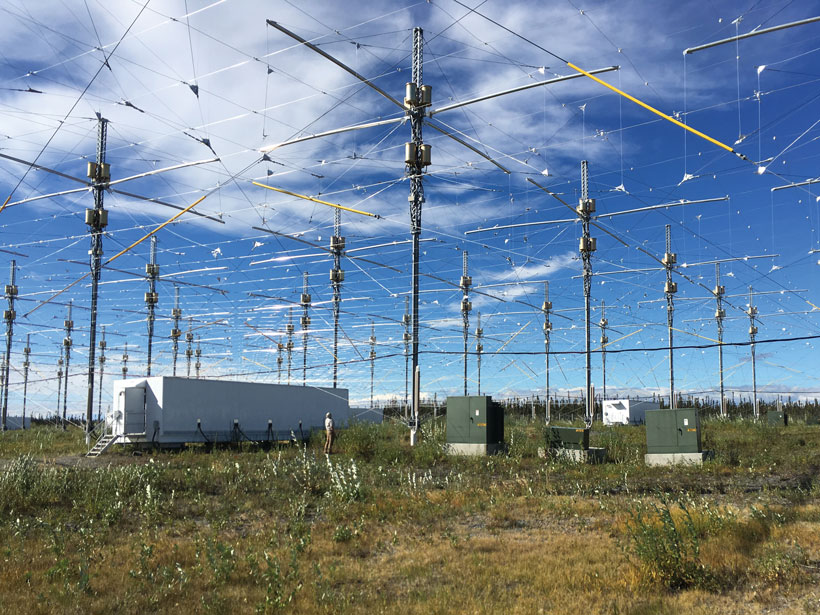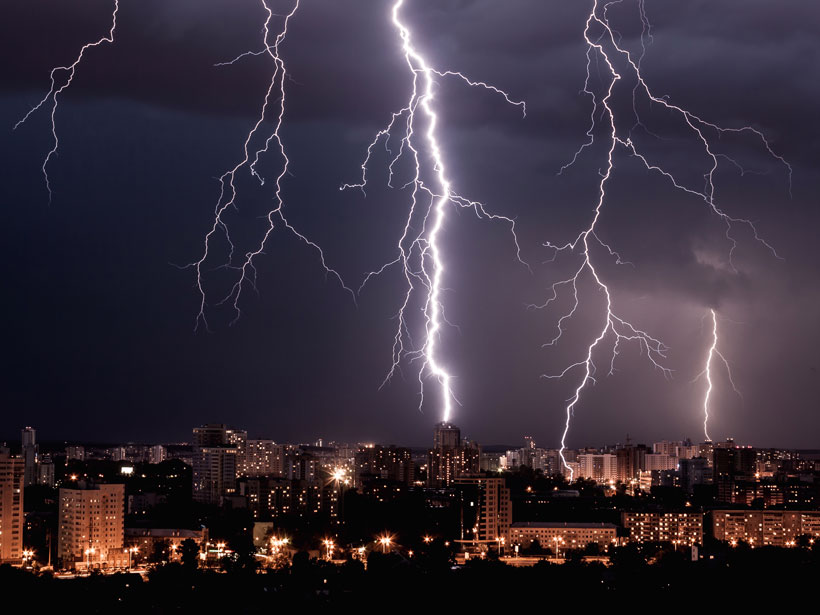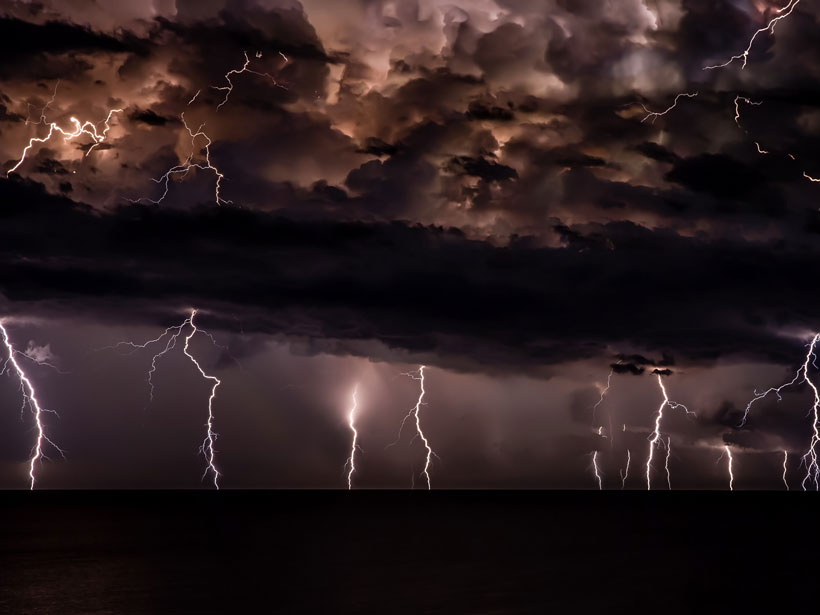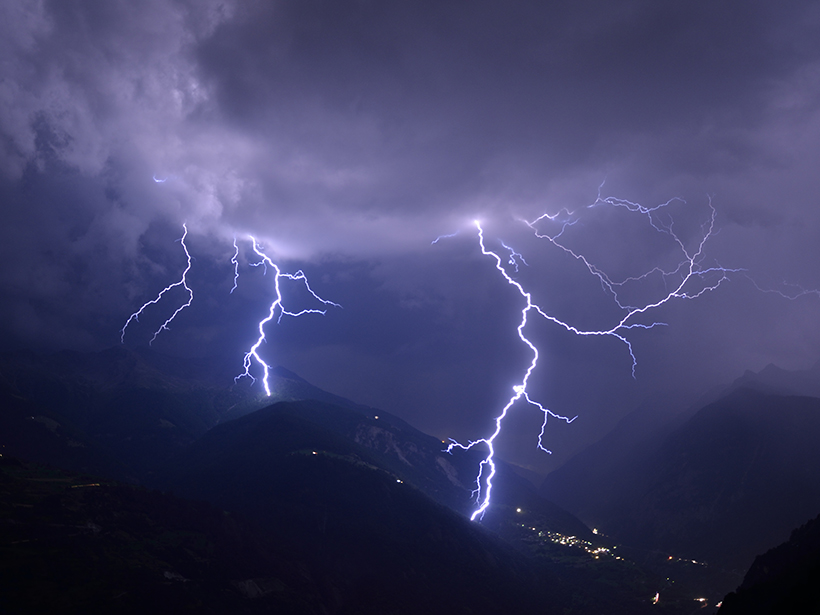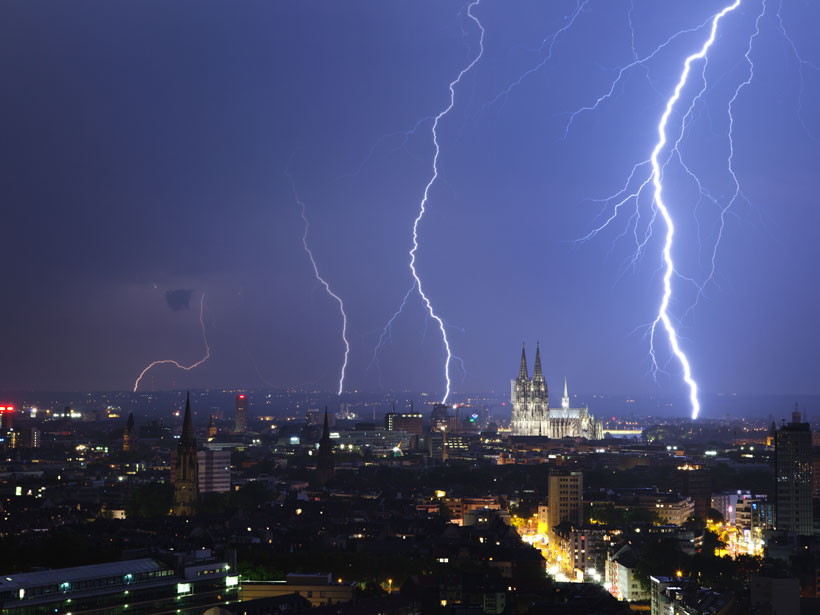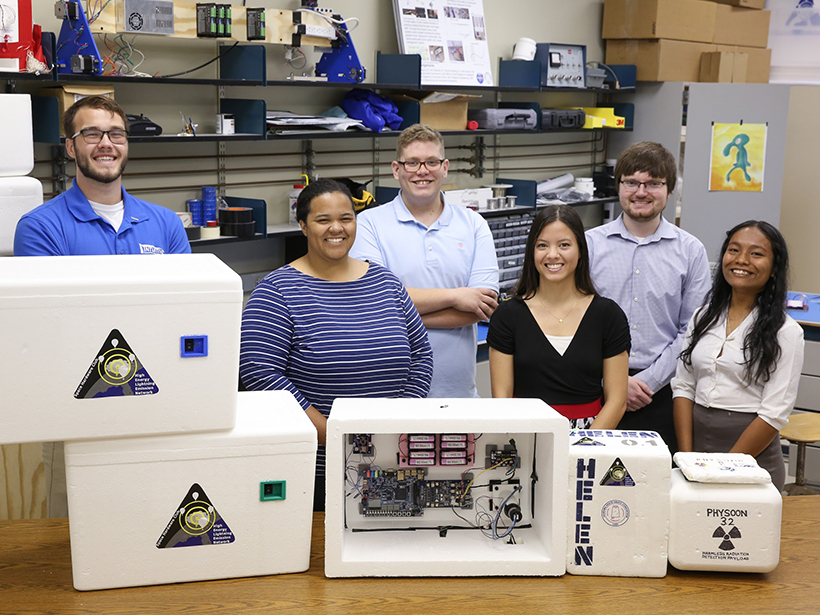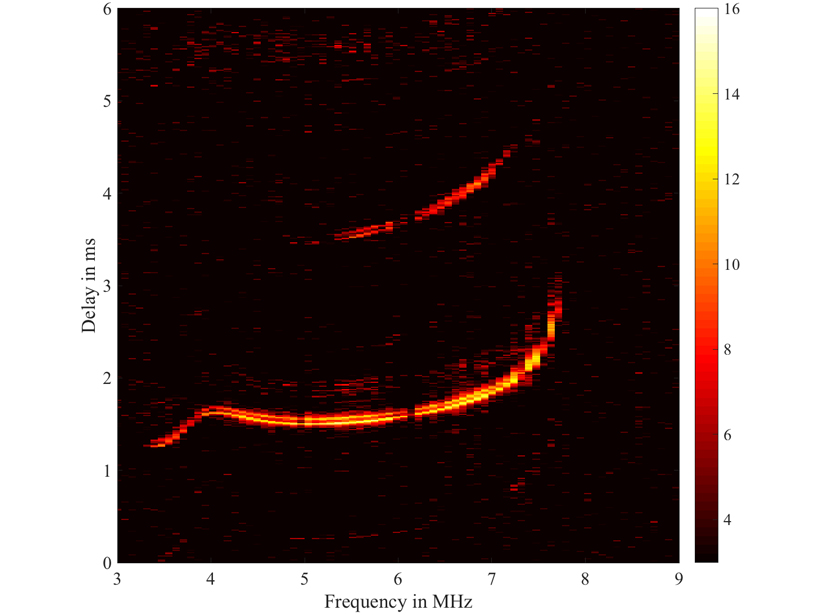Scientists are assembling an online database with decades of low-frequency radio measurements collected worldwide to facilitate modern research about lightning, space weather, and more.
lightning
Investigating the Spark
In May, we look at lightning—what it tells us about dangerous weather, how to find it on other planets, and what we might learn if we get all that data in one place.
Mapping Lightning Strikes from Space
A new technique spatially tracks lightning in real time and has been adapted by the National Weather Service.
Edmond Dewan, Citizen Science, and the Mystery of Ball Lightning
In the early 1960s, a physicist enlisted the help of the public to study a rare atmospheric phenomenon.
New Study Hints at Bespoke Future of Lightning Forecasting
Researchers used machine learning to develop a model that can predict lightning strikes to within 30 minutes of their occurrence and within 30 kilometers of a weather station by using just four simple atmospheric measurements.
Northern Europe Set for Increases in Lightning
As the climate warms across Europe, a rise in severe thunderstorms could bring a dramatic increase in related hazards, including lightning and hailstones.
Students Launch Balloon-Borne Payloads into Thunderstorms
The High Energy Lightning Emission Network project hopes to detect elusive bursts of light and particles called terrestrial gamma ray flashes.
Microphysics and Positive Lightning in Hokuriku Winter Clouds
The microphysics of the frequent, and frequently positive, lightning of Hokuriku winter clouds was investigated by systematic, in situ observation of individual precipitation particle type and charge.
What Do You Get When You Cross a Thunderstorm with a Wildfire?
Lightning, fire vortices, and black hail are some of the frightening features of fire-fueled storms, which may become more common in the future.
High Resolution Imaging of Ionosphere by Lightning
The three-dimensional distribution of electron density in the Earth’s ionosphere could be obtained using the broadband radiation of naturally occurring lightning discharges.

